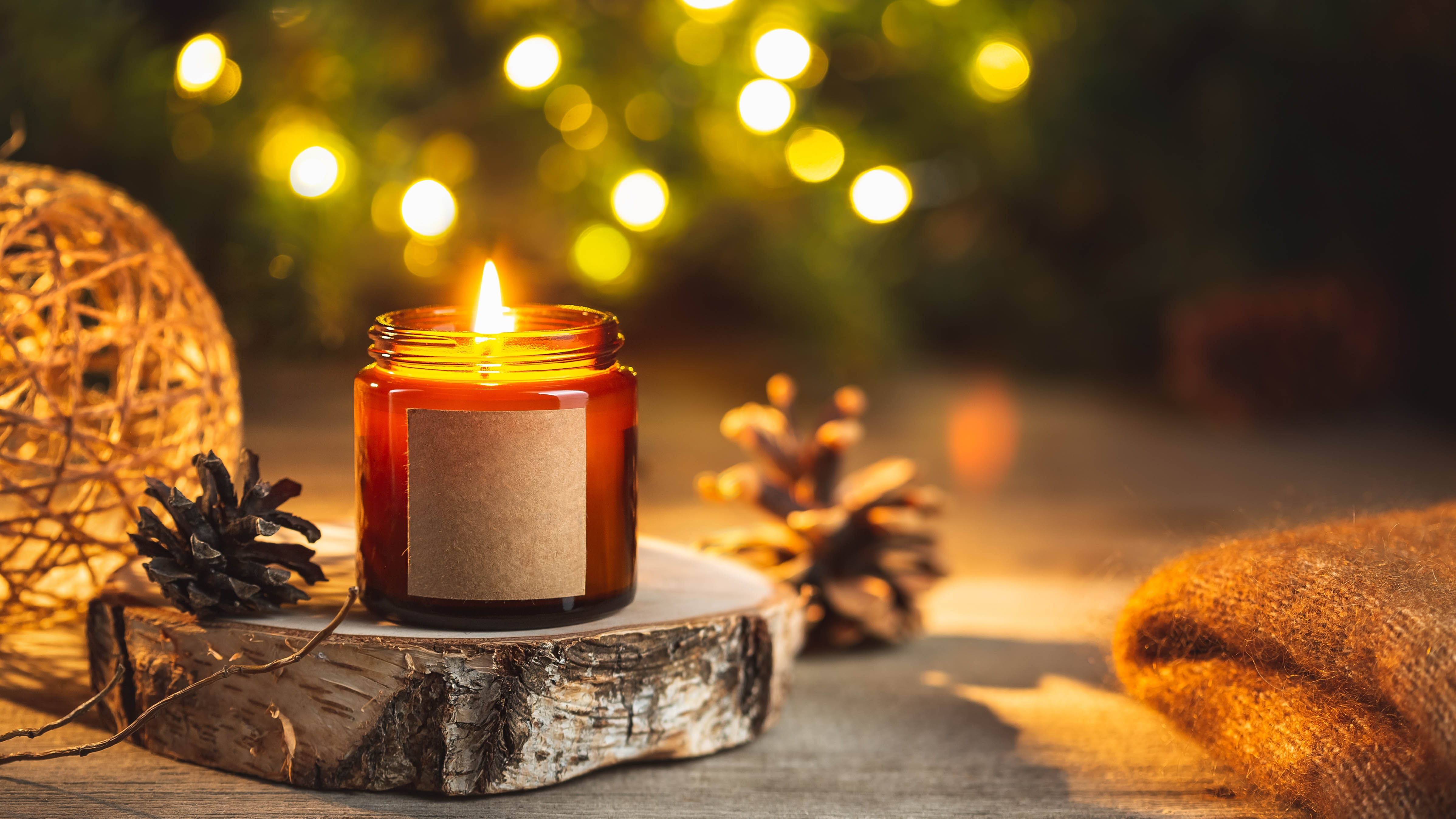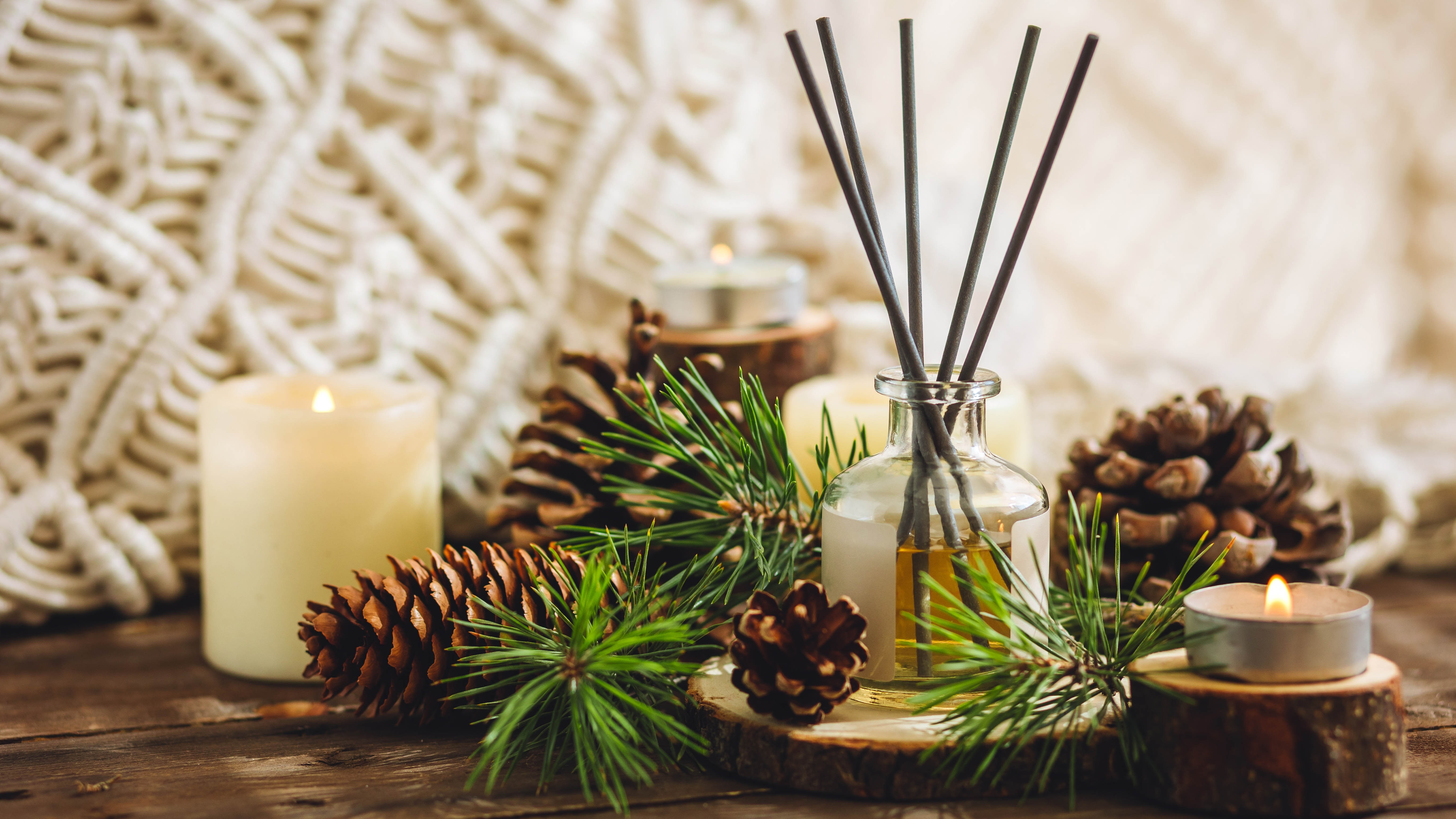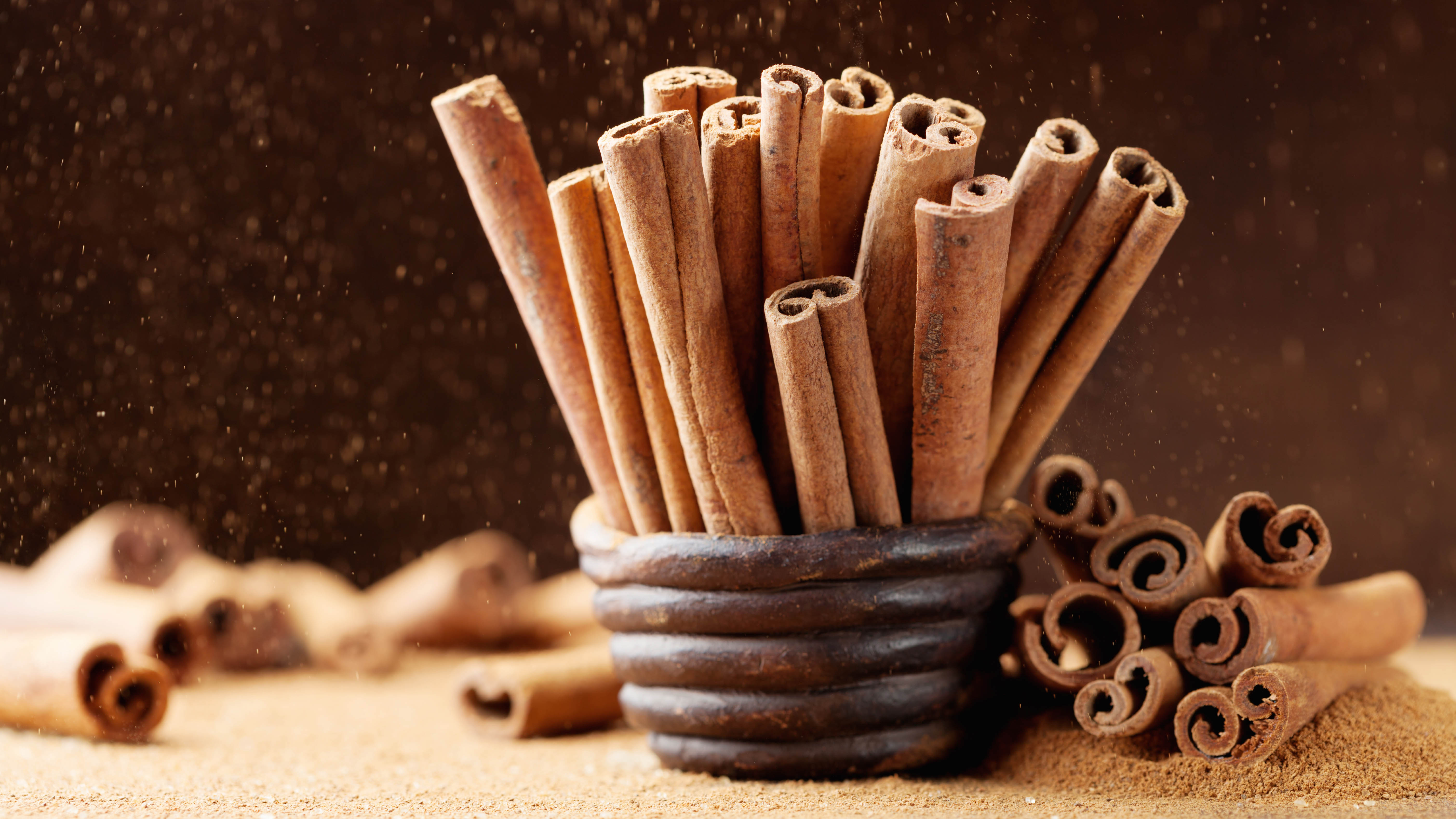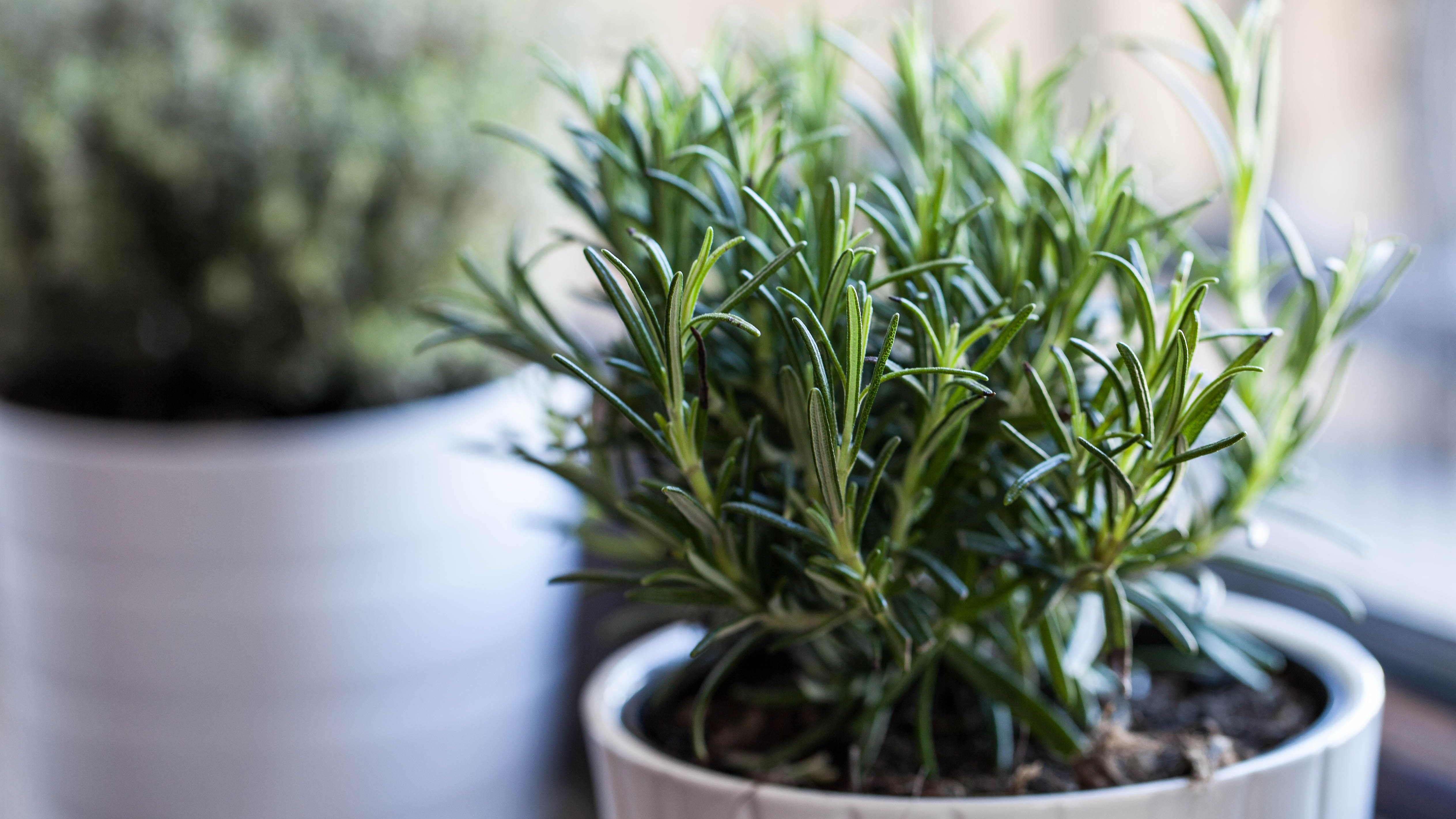7 best scents to give your home a Christmas-y vibe

The winter holiday season – December especially – is the ideal time to lean into the festive spirit and decorate your home. Some ideas are obvious, with string lights, Christmas trees and wreaths being found in homes across the country. But there’s another element that can sometimes be forgotten when updating your home for the holidays: Seasonal scents. Just as the smell of freshly baked pie or clean laundry can make your house feel warm and welcoming, so too can the right smells make your home feel especially merry during the holidays.
Seasonal scents are ideal for quiet evenings spent at home, as well as large gatherings of loved ones. And bonus, smells are one of the most powerful senses for evoking a memory or emotion – which makes them especially loved during the joyous festive period. Scented candles are a crowd favorite, especially during the colder months when the flame adds warmth and light. Diffusers and room sprays can be a great child-proof option, while the raw materials themselves may function as both decor and scent-bomb (think: a real fir tree’s lovely woodsy aroma.)
Once you’ve decided on your method, you can dive into the multitude of scents available. For the holidays specifically, we find that these seven smells are the most evocative and seasonal.
1. Evergreen trees

Whether you celebrate Christmas and decorate a tree or not, the smell of a fresh pine or fir tree is a popular winter scent that evokes snowy forests and alpine air. When the weather is too cold to actually go and be in nature itself, an evergreen scent can bring some of that woodsy quality into your home. Achieved through a real, freshly cut tree or through candles and scented products, evergreen trees have a freshness to them that can help cut through some of the warmer, sweeter smells of the season.
Evergreens are also a natural complementary scent to many of the aromas that we associate with winter, as this is the time of year when they are most fragrant in the great outdoors. While many people enjoy the scent of pine year round – it’s a popular choice for car air fresheners for instance – it resonates especially well during the holidays.
If you use fresh cuttings, make sure they're safe to display around your cats and dogs.
2. Gingerbread

Ginger can be used in multiple ways, but it really comes into its own when combined with baking spices and turned into gingerbread. The warming, spicy yet sweet aroma of gingerbread cookies is popular with many people simply because it’s delicious, but it also often evokes childhood memories of baking Christmas cookies with family or wandering through holiday markets.
Get instant access to breaking news, the hottest reviews, great deals and helpful tips.
Ginger has a zinginess and is often recommended for people looking for a pick-me-up or an energy boost, which makes it a great fragrance to have in your home throughout the holiday period – not just when you’re feeling hungry. Gingerbread scents can be achieved authentically through whipping up a batch of baked goods yourself or buying them fresh from a local bakery, but you can also always use candles or diffusers.
3. Cinnamon, nutmeg & clove

If ginger isn’t quite your thing but you still appreciate the warming scents of baking spices, then embrace cinnamon, nutmeg and clove this winter. All of these spices are used in both savory cooking and dessert making, which means that you can still take advantage of the aromas even if you don’t have a sweet tooth. Instead, use cinnamon sticks and other natural forms of the spices for a little boost of spice throughout your home.
As with gingerbread, these scents are likely to remind people of previous holiday memories, thanks to their popularity in Christmas and holiday cooking. Not only that, but they have health benefits, with cinnamon believed to be a natural immunity booster while nutmeg is said to help with digestive problems and arthritis. You can even simmer these spices in water on the stove for an extra hit of fragrance – just make sure to monitor the pot in case the water evaporates too much.
4. Rosemary & sage

For a different spin on culinary aromas, consider using rosemary and sage herbs in your holiday decor. These herbs are favored for their delicious flavors as well as their medicinal properties, but they also look pretty when simply used as a centerpiece or garnish in the home. Rosemary sprigs are pungent but also refined in aesthetic, while sage leaves have a lovely, soft appearance that adds contrast to arrangements of greenery.
Consider hanging up some small bunches as one displays mistletoe, which you cut away with the best pruning shears, putting together an arrangement in a vase or bringing in a little potted plant for fresh herbs. As these herbs dry, they emit a pleasant yet subtle fragrance, but they can of course also be used in cooking; rosemary is a particularly popular herb for savory holiday classics. An added bonus: If you observe Christmas, then sage also plays a valued role in Christian tradition, as it is said that Mary and baby Jesus hid in a sage bush when King Herrod was searching for them.
Rosemary and sage plants are non-toxic to cats and dogs which is great news too.
5. Oranges or clementines

Many winter scents focus on warmth and coziness, but this is also a great time of year for citrus, in particular clementines. These sweet yet acidic fruits provide a much-appreciated palate cleanser to all the hearty foods and rich desserts associated with the holiday period, as does their bright aroma. On top of that, the vivid orange peels are a nice contrast to all the green, white and silver that naturally occurs during winter. They’re a reminder of warmer, brighter days ahead while still feeling festive in the moment.
Like many of the other scents on this list, these fruits are nostalgic for a lot of people: some may have received an orange or clementine in their Christmas stocking as a child, while others will have enjoyed oranges as part of mulled wine. If you are someone who enjoys fragrances that are more zesty and sharp, then a citrusy scent is a great way to get festive.
6. Peppermint

The holidays are a time for indulgence and sweet treats, so much so that “peppermint” becomes synonymous with candy canes and peppermint bark. Naturally sweet and fragrant, yet with that minty freshness we know and love, peppermint is another great seasonal scent that keeps things from getting too rich and heady.
Hang candy canes on the Christmas tree or around the house for a little burst of scent, or have a little peppermint plant for ongoing freshness. Although take care as these are toxic to cats and dogs. In addition to being yummy, peppermint is a useful digestive aid and so you can benefit twice over from a fragrant cup of peppermint tea after a big holiday meal. Outside of meal times, peppermint is also a good promoter of relaxation. You can use essential oils or other inedible products for the same effect, if you are someone who enjoys the smell of peppermint but not necessarily the taste.
7. Myrrh

Myrrh is one of those elusive scents that a lot of people only know as being one of the three gifts from the wise men. However, it may be more familiar to you than you think, as myrrh is popularly used in religious buildings and still commonly found in many modern fragrances from the Middle East. Native to Oman, Eritrea, Somalia, Saudi Arabia and Yemen, myrrh is a form of resin derived from Commiphora trees.
The scent is a mix of medicinal, musky and woodsy, which makes it particularly well suited to winter holidays and creating a cozy, mature atmosphere. It’s also one of the few scents on this list that isn’t associated with food, so it’s a good choice for anyone who’s looking to avoid that genre of fragrance. While myrrh is less commonly found than classic spices, you should be able to find myrrh as at least one ingredient in a festive fragrance blend, such as a candle or perfume.
More from Tom's Guide

Despite making her home in urban metropolises, Madeleine Streets has been nurturing a green thumb for decades.
Raised by a garden designer, she is putting that childhood education to use by helping others learn how to make their garden bloom, while filling her own New York home with cat-friendly plants.
When not writing about gardening and the outdoors, Madeleine loves to cook, study wine and borrow books from her local library.
